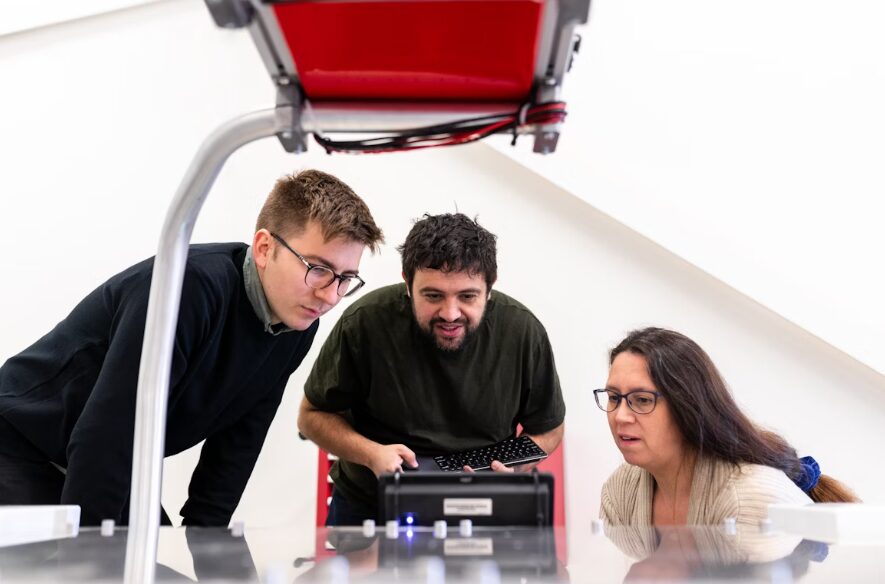Structural verification plays a pivotal role in the design of earthquake-resistant buildings. As seismic activities pose a significant threat to structures, ensuring their integrity and resilience through thorough verification processes is essential. Engineers and architects rely on advanced simulation and structural verification software to design buildings that can withstand the destructive forces of earthquakes, ultimately saving lives and reducing property damage.
Earthquake-Resistant Building
One of the critical aspects of earthquake-resistant building design is understanding how structures respond to seismic forces. Structural verification software allows engineers to model these forces and analyze their impact on various building components. This process involves creating detailed simulations that replicate real-world earthquake conditions, enabling engineers to identify potential weaknesses and implement necessary reinforcements.
The use of structural verification software is particularly important in verifying construction standards. Earthquake-resistant designs must comply with stringent building codes and regulations that vary by region. By utilizing advanced software tools, engineers can ensure that their designs meet or exceed these standards, providing an additional layer of safety and reliability.

Finite Element Analysis (FEA) is a key component of structural verification in earthquake-resistant design. FEA allows for the detailed analysis of stress and strain within a building’s structure, highlighting areas that are susceptible to failure during an earthquake. By identifying these weak points, engineers can reinforce the structure, using materials and techniques that enhance its overall stability and durability.
Moreover, structural verification software facilitates the optimization of building designs. Engineers can test multiple design scenarios, comparing their performance under seismic loads. This iterative process enables the selection of the most effective design, balancing safety, cost, and functionality. The ability to simulate various earthquake scenarios also helps engineers to plan for different magnitudes and types of seismic activity, ensuring comprehensive protection.
Incorporating structural verification into the design process also enhances collaboration among engineering teams.
With accurate and reliable data, architects, structural engineers, and construction professionals can work together more effectively, making informed decisions that improve the overall quality and safety of the building. This collaborative approach is crucial in developing innovative solutions that push the boundaries of traditional earthquake-resistant design.
To explore a wide range of structural verification and simulation software, including tools that help verify construction standards, you can visit sdcverifier.com. SDC Verifier offers a comprehensive suite of software solutions designed to simplify the process of structural analysis and verification, making it easier for engineers to design safe and reliable earthquake-resistant buildings.
In conclusion, the role of structural verification in earthquake-resistant building design cannot be overstated. It provides the tools and insights necessary to create structures that can withstand seismic forces, protecting lives and property.
By leveraging advanced software and adhering to strict construction standards, engineers can ensure that their designs are not only compliant but also optimized for maximum safety and resilience. Embracing these technologies and methodologies is essential for advancing the field of earthquake-resistant construction and safeguarding our built environment against natural disasters.
Source – sdcverifier.com





